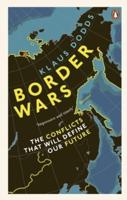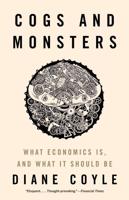Publisher's Synopsis
In the 19th century the prohibition of judicial torture was celebrated as a triumph of civilisation. But in the aftermath of the 2nd World War it was necessary for the International community to re-emphasise, in the Universal Declaration of Human Rights, its abhorrence of torture: the proscription of torture became part of international customary law. But torture by agents of contemporary states persists, not least in the heart of Europe where reliance on the use of custody is growing once again. This pathbreaking documentary and empirical study - of a kind rarely undertaken in the field of international human rights law - considers in detail the work of the latest actor on the international stage attempting to prevent torture. The European Committee for the Prevention of Torture and Inhuman and Degrading Treatment or Punishment (the CPT), established in 1989, represents a new phase in international human rights intervention. The Council of Europe member states have given a Strasbourg-based Committee of experts an almost unfettered hand to examine their places of custody and report on what they find. The authors, an international lawyer and a criminologist, bring their different analytical perspectives to bear on this innovative human rights mechanism. The authors consider the nature of torture in the late 20th century and, given the pervasive culture of denial, the difficulties in combating it. They argue that utilitarian justifications for torture lurk just beneath the surface of modern liberal democratic state practice. They describe the background to the European Convention for the Prevention of Torture, examine the text and the modus operandi of the Committee, set the CPT's standards against those of other international bodies and discuss how the work of the Committee should best be carried forward in an enlarged and increasingly diverse European community of nations.










